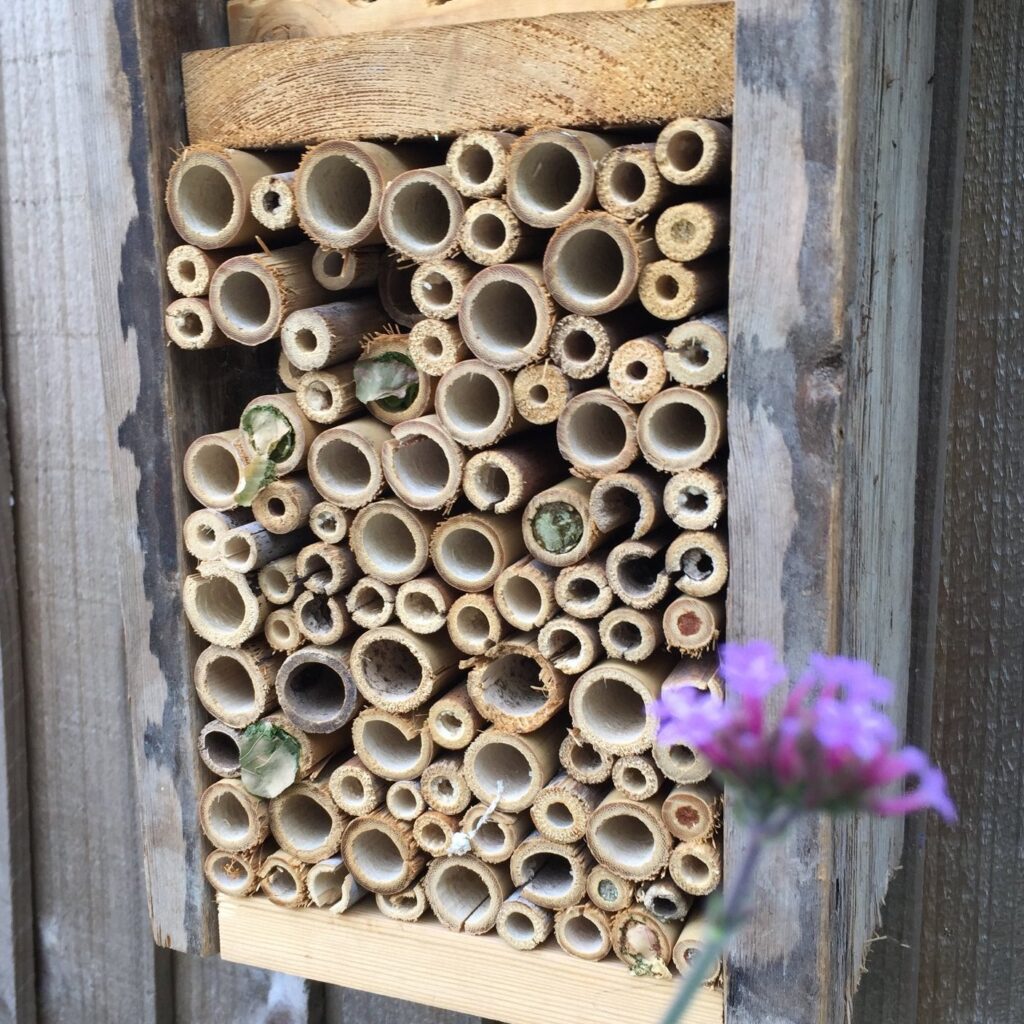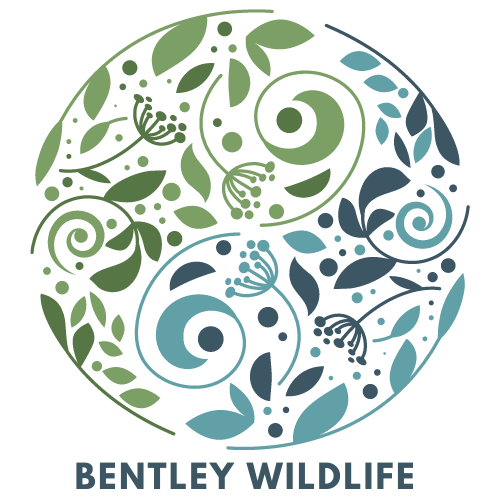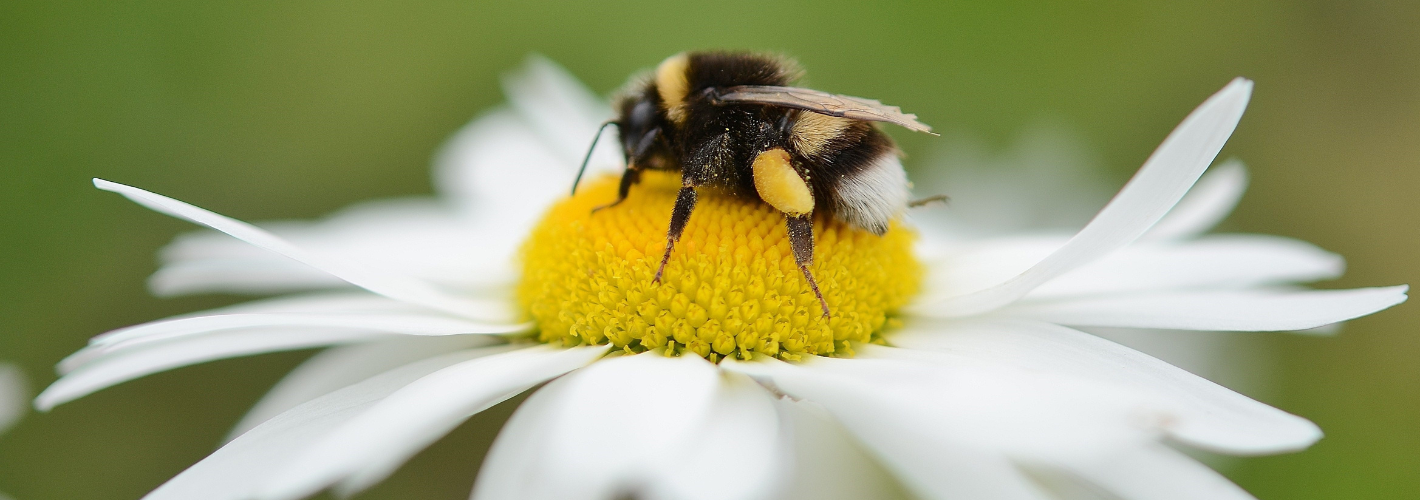Bentley B-Lines
Bees and other pollinators are facing many threats. Habitat loss, climate change, pesticides and disease are all contributing to their decline. Studies show this is already having an impact on agriculture, with lower crop yields, in turn this has very serious implications for global food security.
It’s not just agriculture that’s affected by lower populations of pollinators. The knock-on impact on our native wildlife is also a concern, with lower yields of seeds, nuts and berries – nature’s larder – too.



B-Lines
Fortunately, there are ways we can help pollinators on an individual and local community level. And to inspire us the charity Bug Life has developed a solution we can all get behind.
B-Lines are a series of ‘insect pathways’ running through our countryside and towns, which Bug Life and local community groups are restoring and creating a series of wildflower-rich habitat stepping stones. They link existing wildlife areas together, creating a network across the British landscape. Providing large areas of brand new habitat benefiting bees and butterflies– but also a host of other wildlife.
Bentley’s on the map!
Bug Life’s map shows Bentley at an intersection of B-Lines, making the village and surrounding area an important part of the countrywide network.
Bentley Wildlife thinks this is a great opportunity to take part in a national scheme and encourage all stakeholders in the village to participate. Doing what we can to provide habitat and food sources for pollinators, improve biodiversity and make Bentley an even more attractive place to live and work.
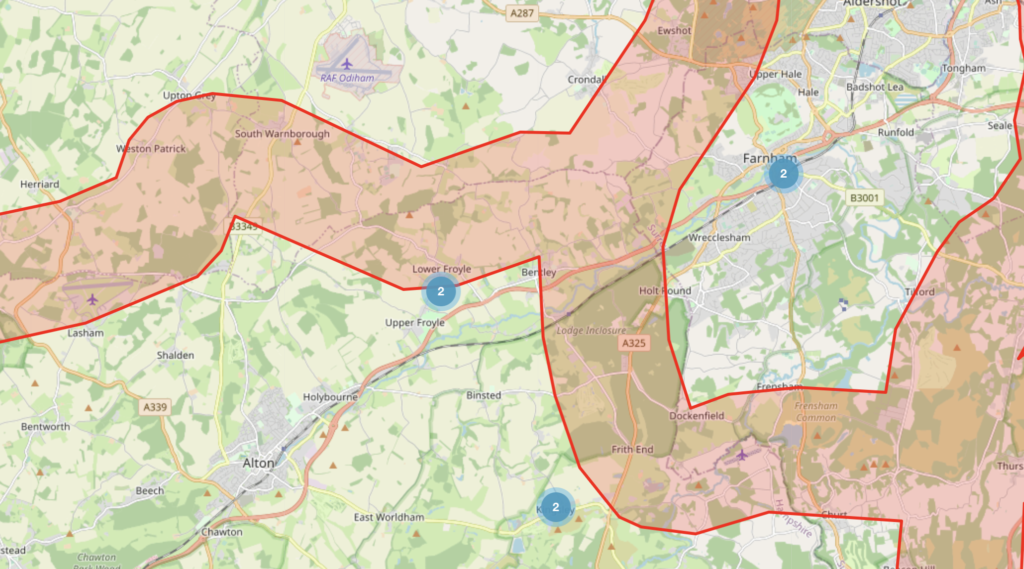
Project overview
Public spaces
In collaboration with Bentley Parish Council, we are exploring opportunities to manage some public space in a way that helps pollinators.
This may include reducing grass cutting in some areas such as roadside verges which can be strongholds for scarce plants and wildflowers.
Reduced cutting of grassy areas should allow wildflowers that are already present to flower.
We are currently exploring potential sites that can benefit from being managed differently.
Hedges and ditches
Hedgerows provide important food sources for pollinators in early spring and summer and are also popular nesting sites for species like bumblebees.
Ditches should also be left alone from March to September as they too provide valuable nesting and foraging sites for pollinators.
Sensitive management of these areas helps to connect larger habitat patches and sustain healthy populations, boosting pollination and crop yields.
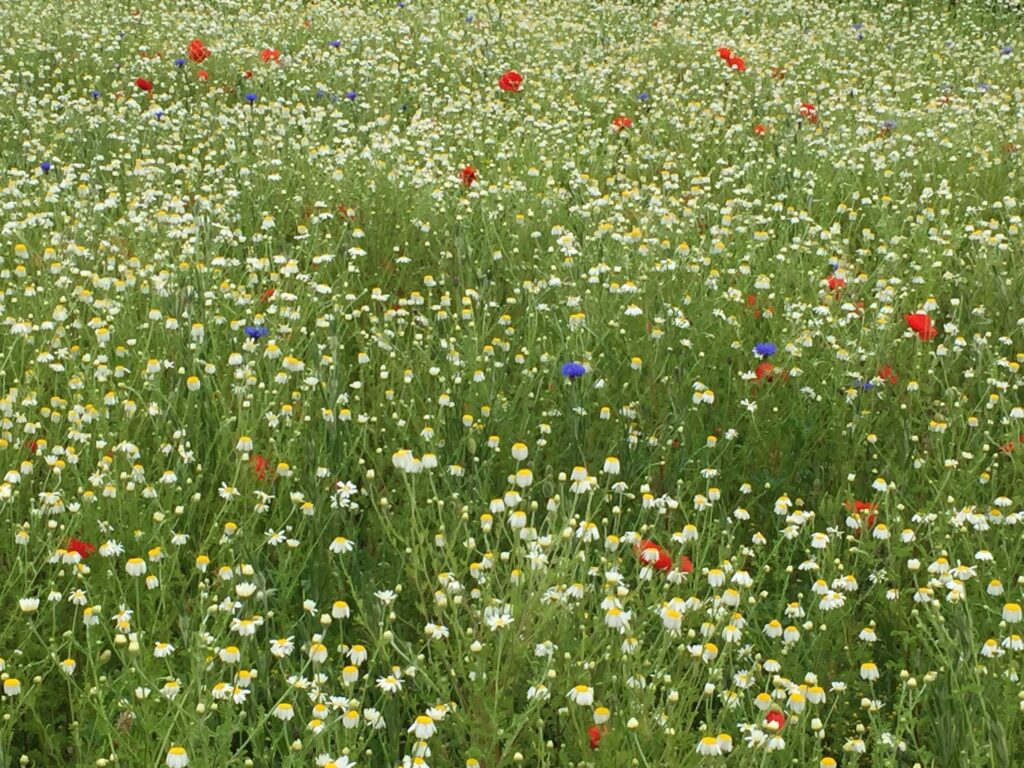
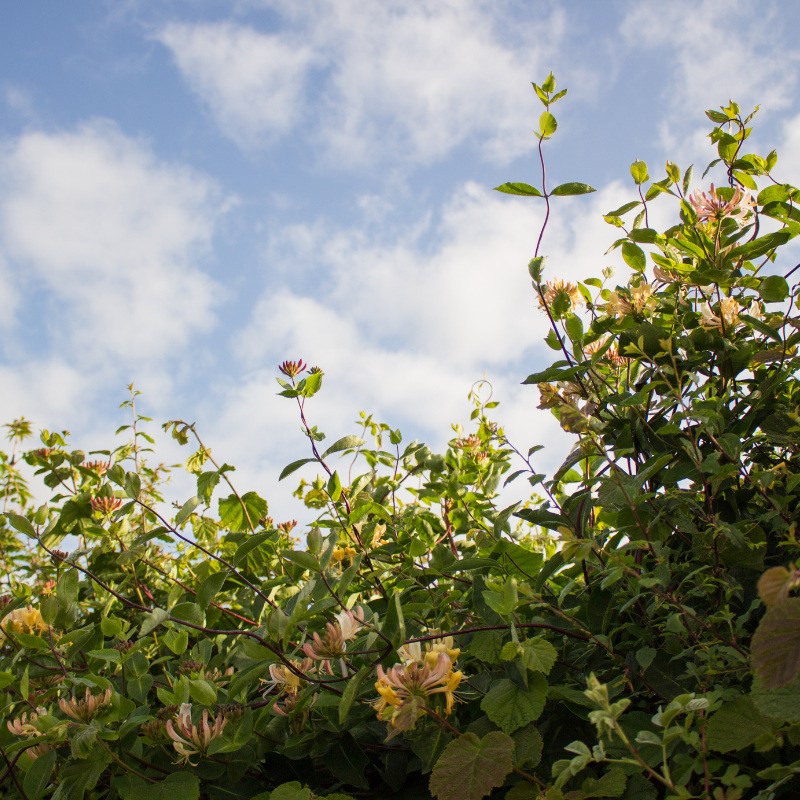
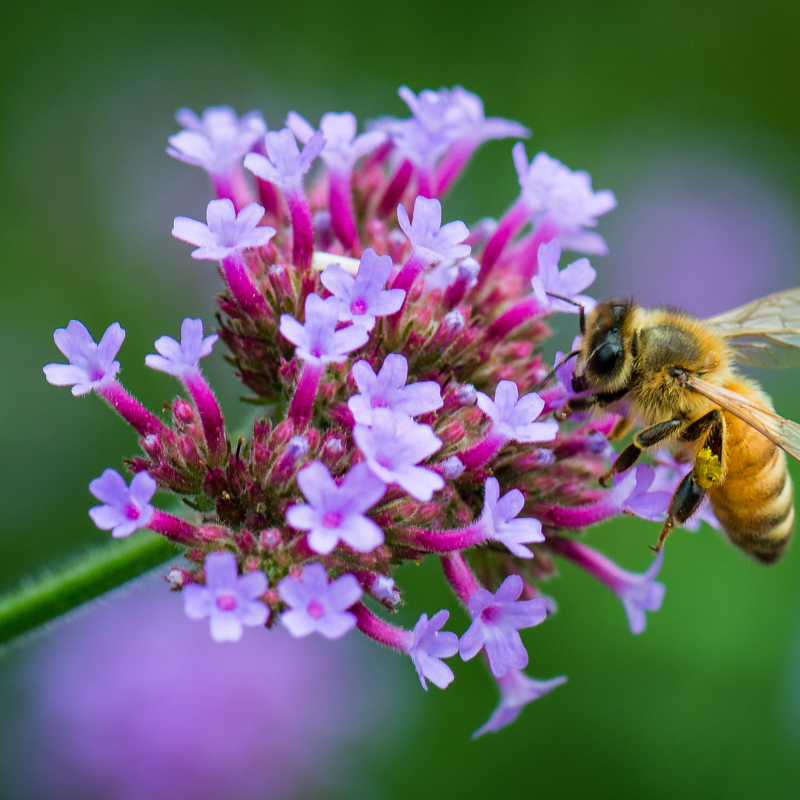
Gardening for pollinators
Gardeners don’t have to turn their lawns into wildflower meadows, although it’s a great idea! There are plenty of cultivated bee-friendly plants that anyone can grow to provide food for pollinators throughout the year. This could be a simple pot on a doorstep or a window box, an idyllic cottage garden or a formal ornamental garden.
Local businesses with planters and hanging baskets can get involved too, by avoiding bee-unfriendly plants like begonias and petunias, and instead planting alternatives such as lavender and snapdragons.
A list of pollinator-friendly flowers can be found here >
Habitat for pollinators
As well as food sources, nectar and pollen, bees and other pollinators need sites for hibernating and nesting – not all of them live in a hive. ‘Bug’ hotels, log piles, compost heaps and mounds of leaves are all potential sites, so we want to encourage people to let their outdoor areas get a little messy at times, and provide suitable habitats.
We plan to provide resources and organise workshops with other community groups to engage local people. Anyone who has a pollinator project can add it to the national B-Lines map.
